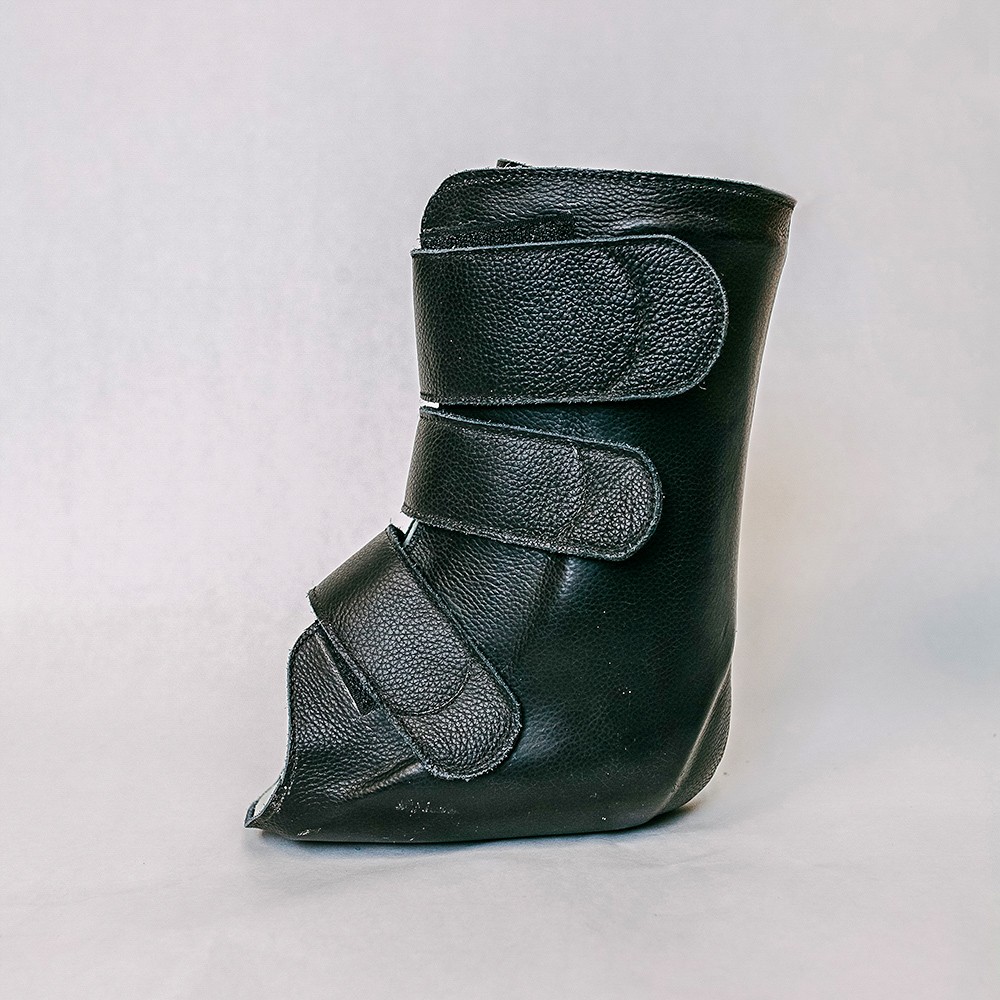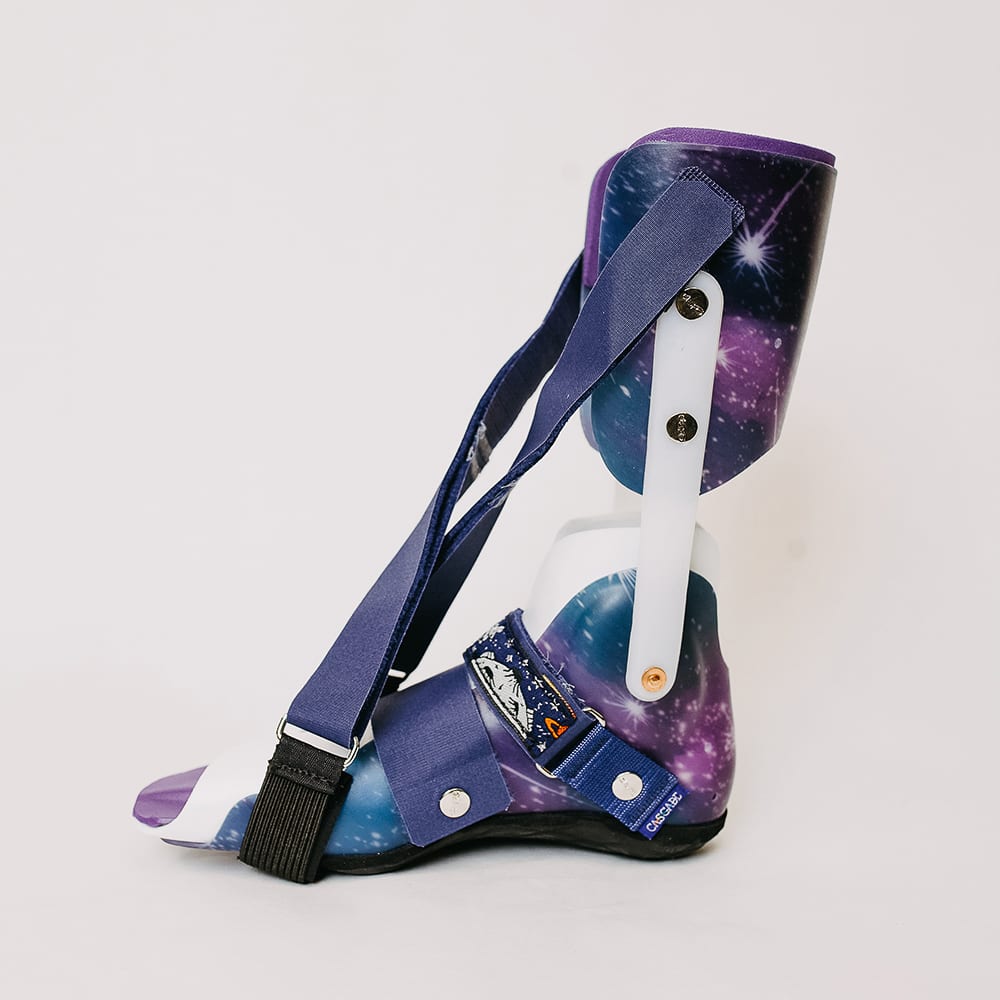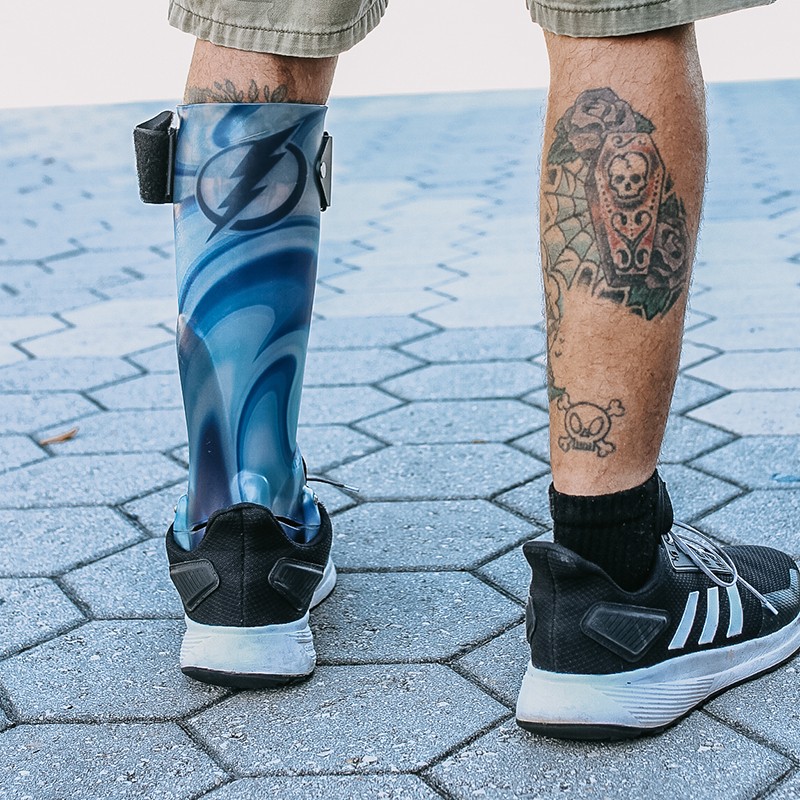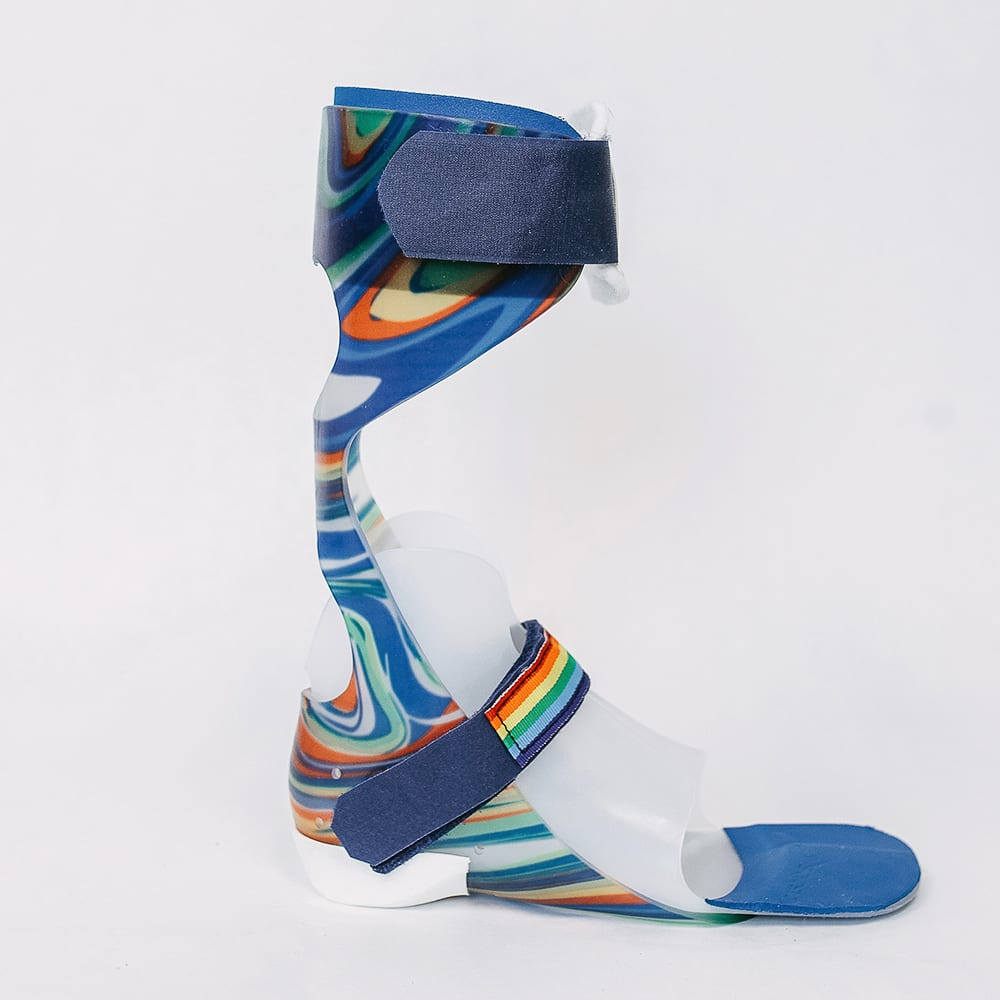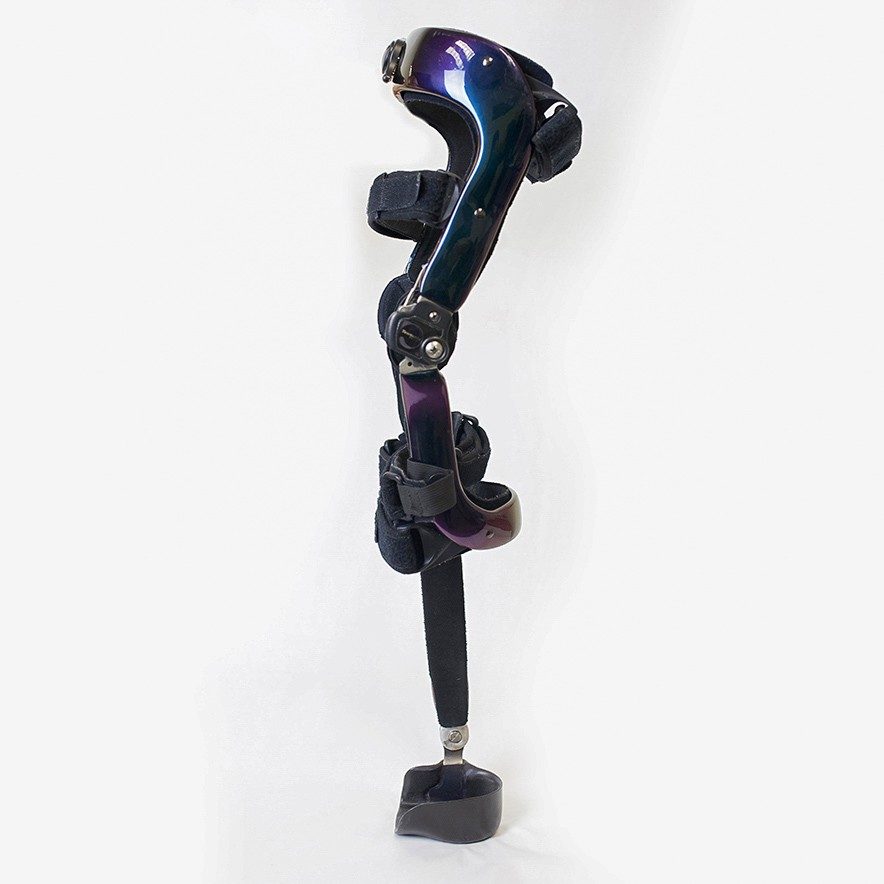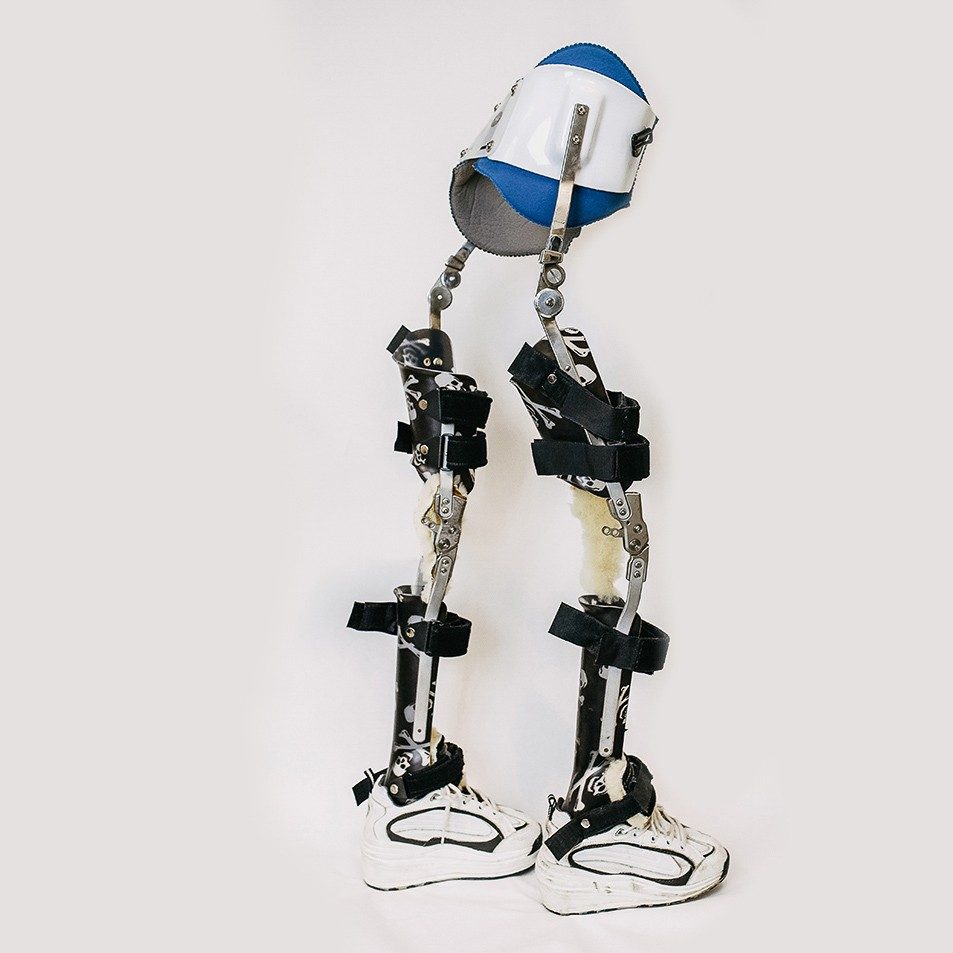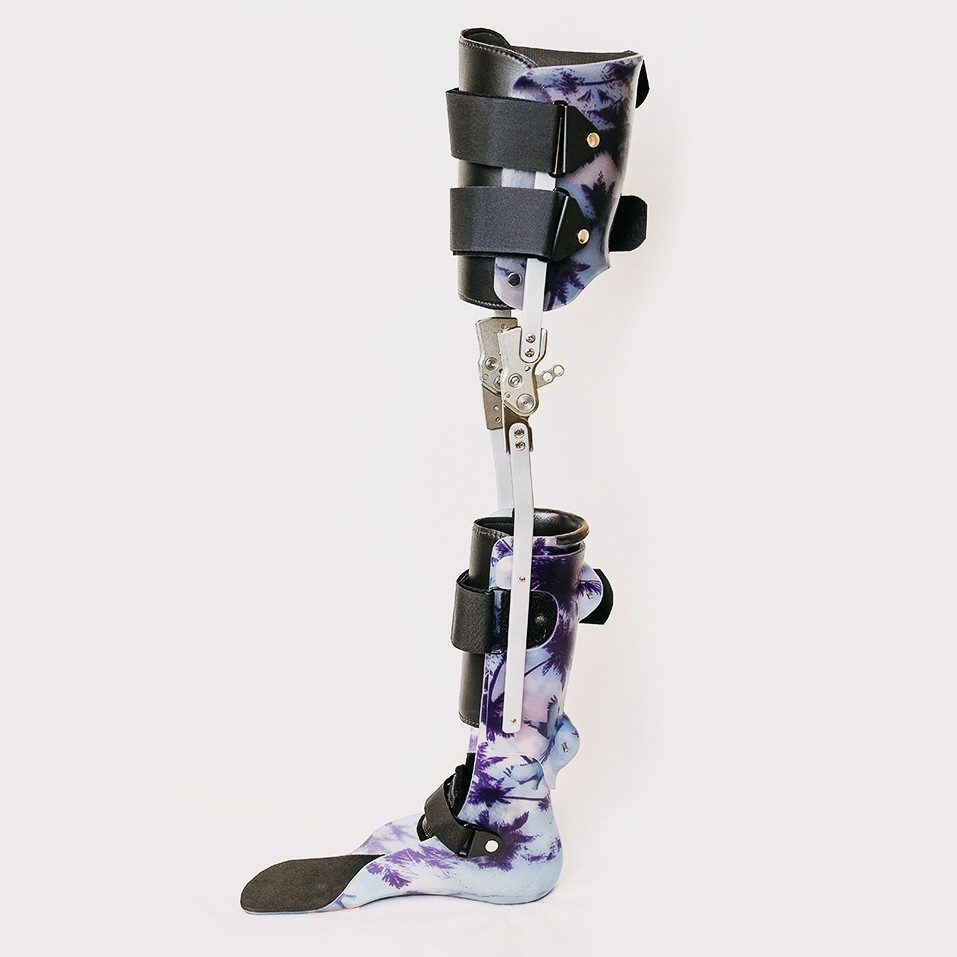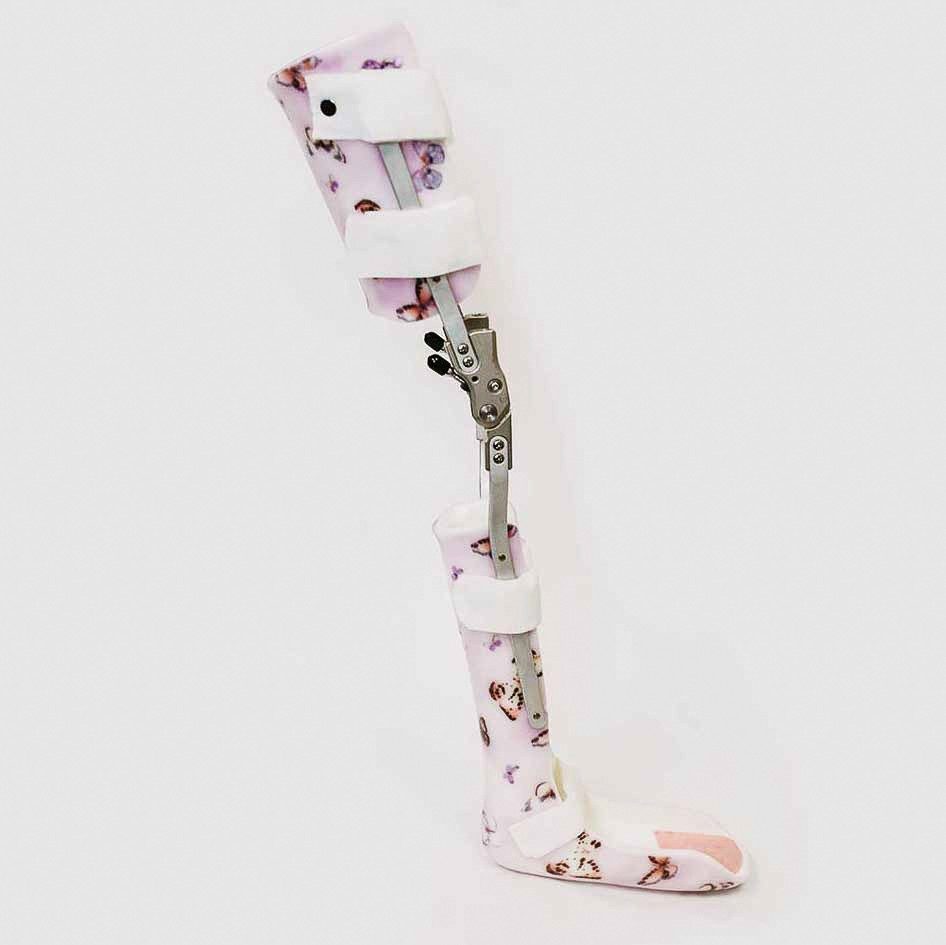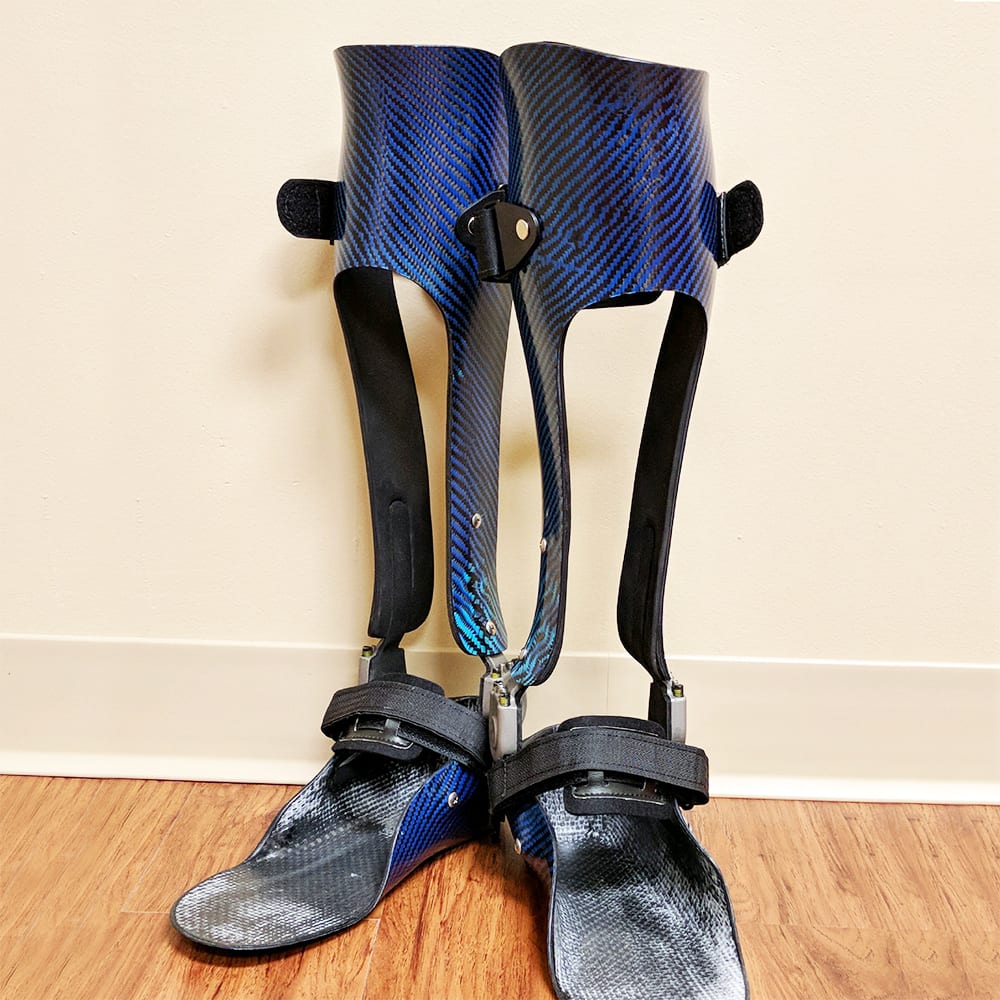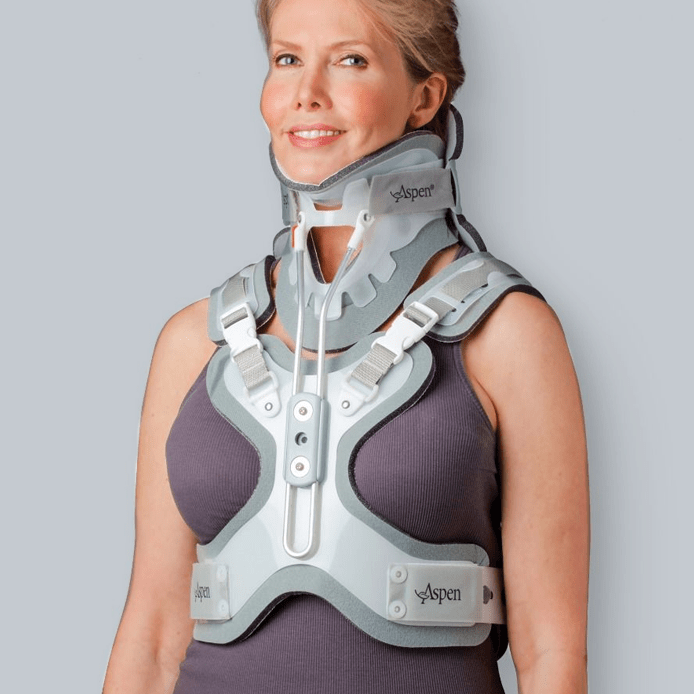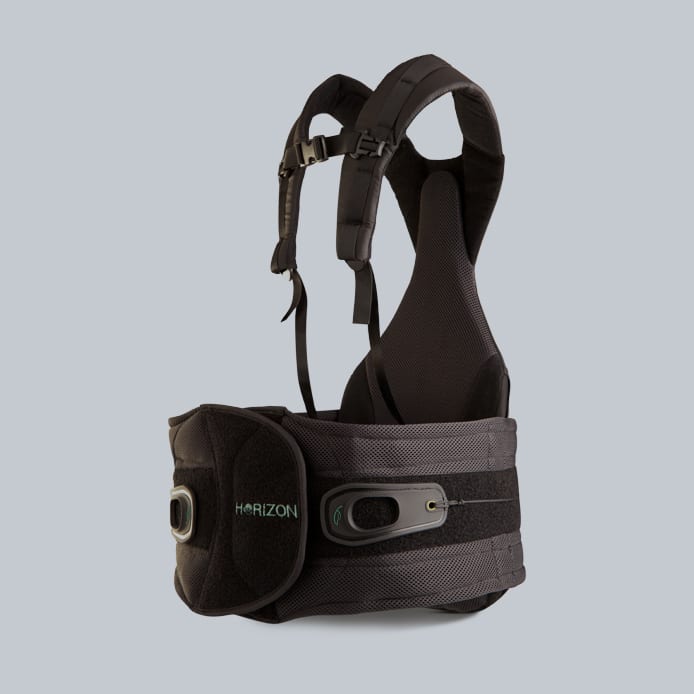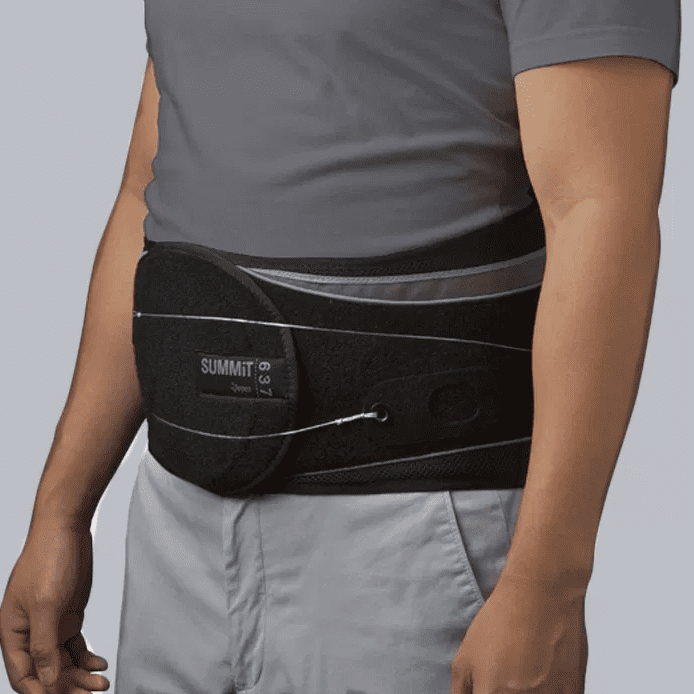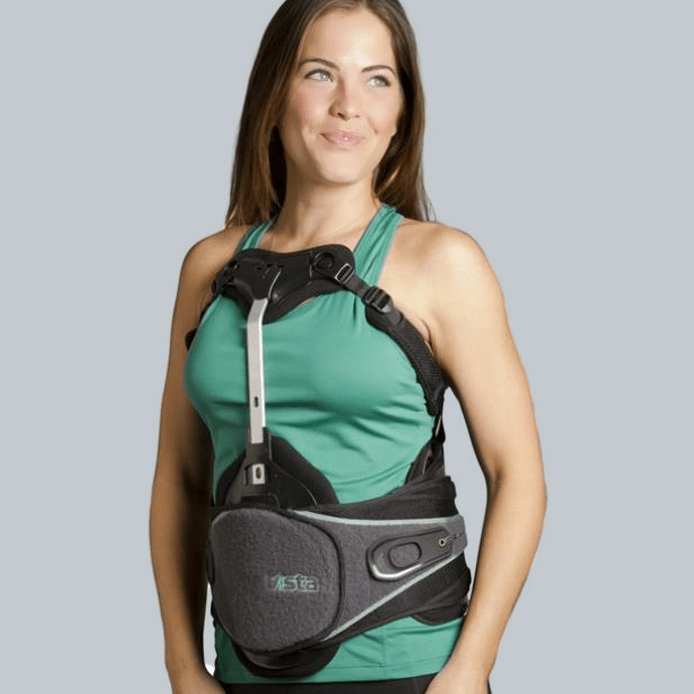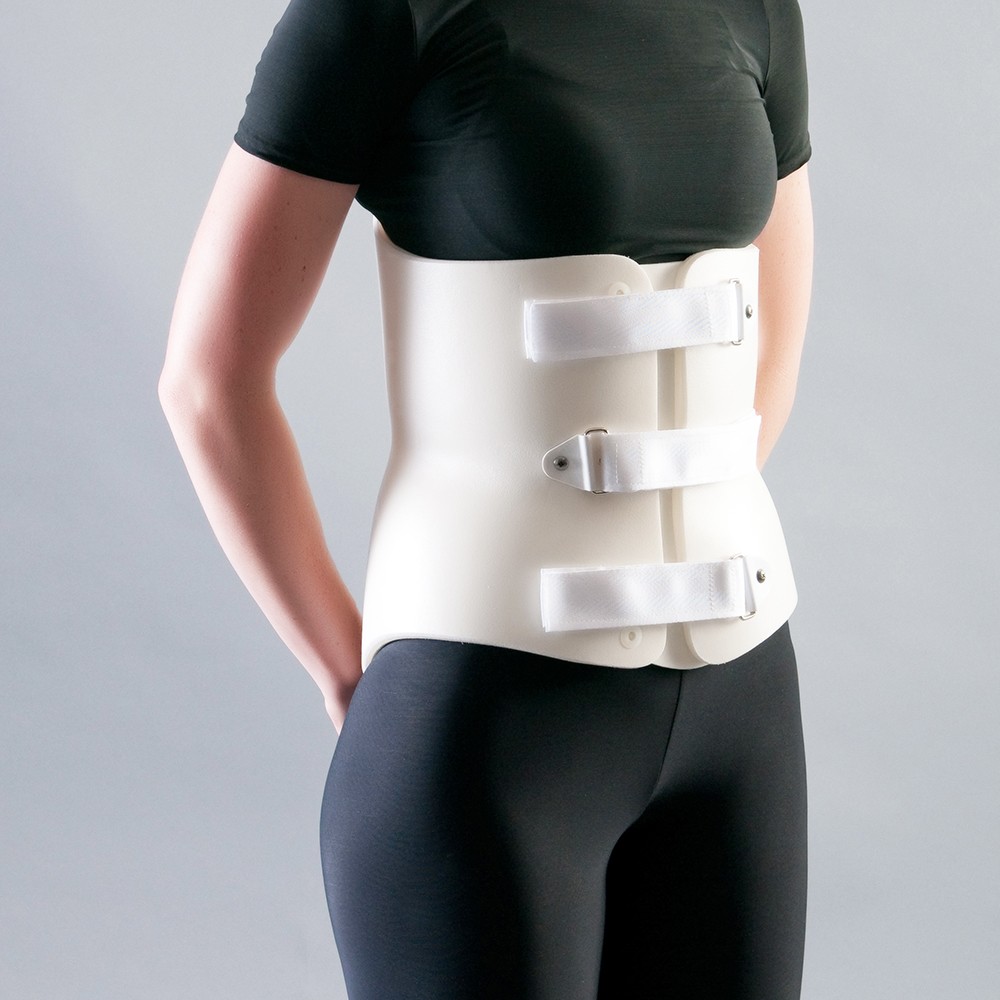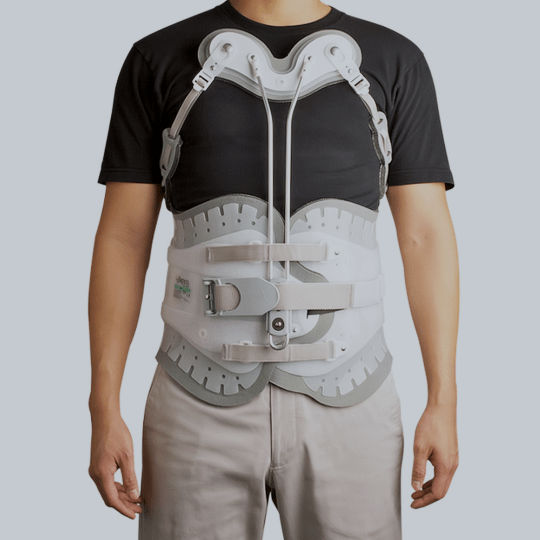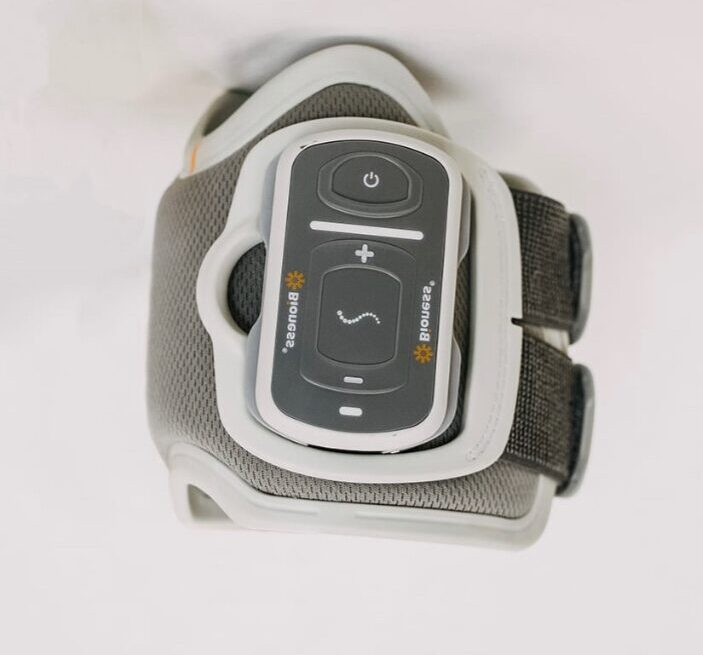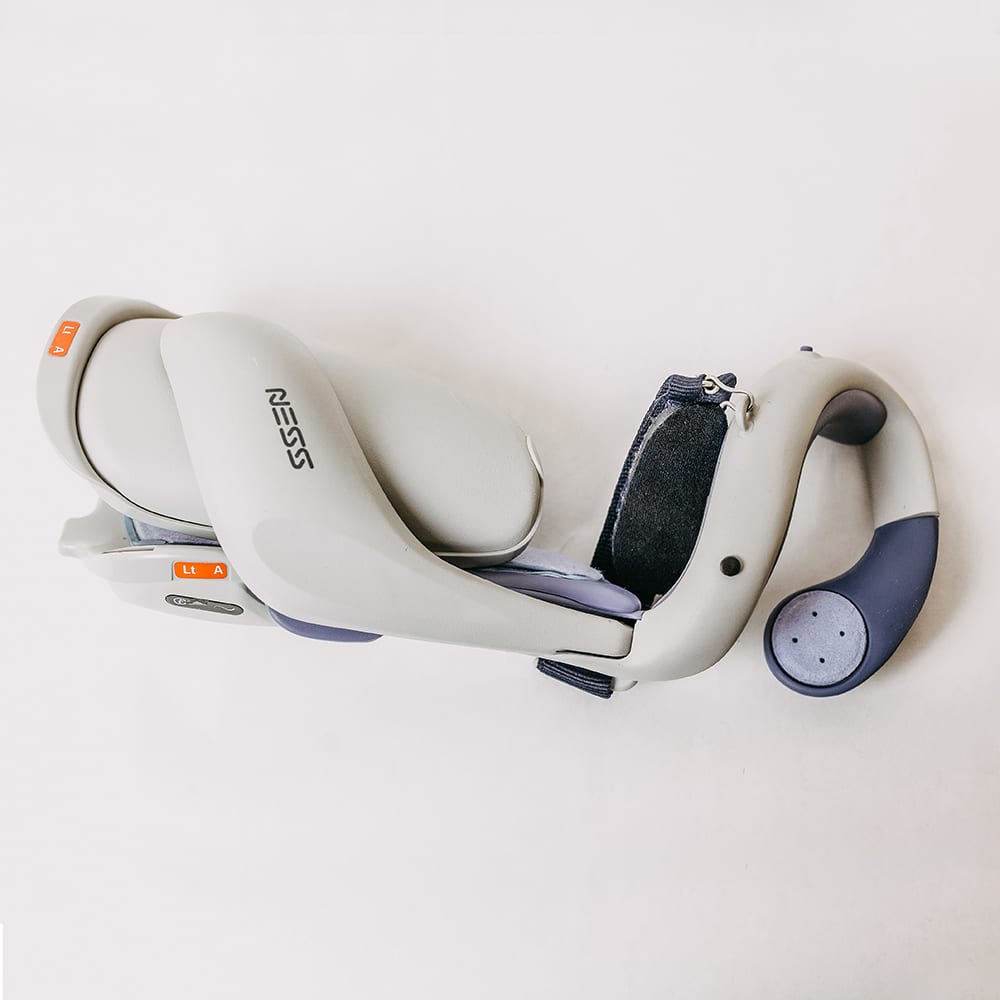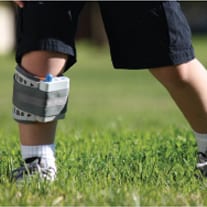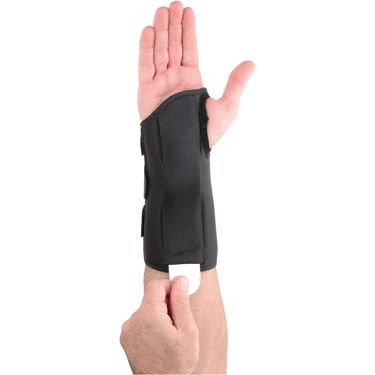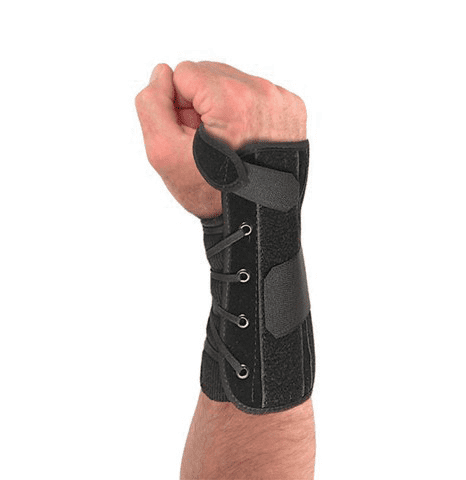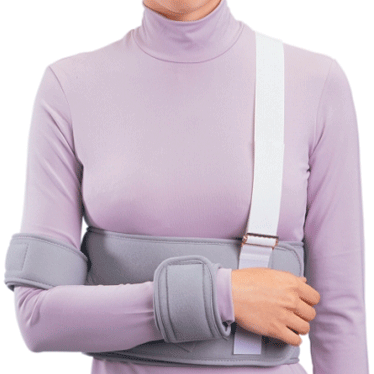ORTHOTIC DEVICES
Lower Extremity / Upper Extremity / Spinal Bracing / Pediatrics
Orthotic Devices for Lower Extremities
Lower limb orthoses are bracing devices used to manage orthopedic and neurologic effects on the otherwise intact extremities. Lower limb orthoses are used to provide support to a limb, improve alignment, improve function, control motion, reduce falls, provide pain relief, correct deformities, and reduce deformity progression.
Our orthotists specialize in adult and pediatric orthotic care. An orthotist’s main goal in creating an orthosis for a patient is to make an orthotic device that is lightweight, functional, and comfortable to help a patient restore function and improve quality of life. If you are actively working with a physical therapist, we will seek your permission to collaborate with them to ensure our design also meets the long term goals of the entire rehabilitation team (you, physician, physical therapist, caregivers, et al)
Spinal Brace Orthoses
Spinal braces are a special kind of orthotic device. There are several reasons for a patient to need a spine brace, including post-operative care, acute injury, chronic pain, instability, degenerative disease or malformation of the spine. Spinal orthoses, which include neck and back braces, are used to support and stabilize and reduce pain through the various regions of the spine.
We custom fit a variety of custom and pre-fabricated spinal orthoses. Examples include:
• Scoliosis orthoses
• Lumbosacral orthotics (LSO)
• Thoraco-lumbosacral orthotics (TLSO)
• Halo
• Cervical Thoracic Orthosis (CTO)
• Cervical orthoses
• Back supports
ORTHOTIC PATIENT TESTIMONIAL
April 19, 2017 started off like any other normal day for Chuck Cowart. As his day progressed he noticed his left arm fell asleep a few times, but he didn’t think much of it…
Functional Electrical
Stimulation Devices
A functional electrical stimulator (FES) uses electrical current to activate nerves in extremities affected by upper motor neuron diseases. It is often used to help manage drop foot, knee instability, wrist drop, hemiplegia, and spasticity. FES is heavily researched and has many additional proven benefits.
Conditions such as foot drop, wrist drop or knee instability as a result of multiple sclerosis (MS), cerebral palsy (CP), cerebrovascular accident (CVA, otherwise known as a “stroke”), incomplete spinal cord injury (i-SCI), and/or traumatic brain injury (TBI) respond the best to FES management. Similar presentations associated with or caused by traumatic injuries are often not as successful in achieving a positive outcome with FES as the actual nerve pathway has been damaged, inhibiting the electrical impulse from properly delivering the stimulation.
At Westcoast we offer both upper and lower extremity functional electrical stimulation devices. If you are interested in learning more about this technology and whether it is right for you, please contact us to discuss or to schedule a consultation.
Conditions Treated
Orthotic Devices for Upper Extremities
Upper extremity orthoses address pathologies of the wrists, elbows, shoulders, and more. Our team of skilled orthotists are experienced at helping patients deal with a wide range of clinical presentations. We begin by determining which type of upper extremity orthotic device is right for you. We offer everything from simple finger splints and resting hand splints to more complex high-tech devices.
Below are some of the most common upper extremity orthotic devices we provide.
• Custom hand/arm orthoses
• Flexion/extension wrist/hand/finger devices
• Joint stabilizers & restraints
• Shoulder immobilizers
• Wrist/hand splints
• Cock-up splints
• Functional electrical stimulation (for stroke, CP, MS, TBI, I-SCI)


